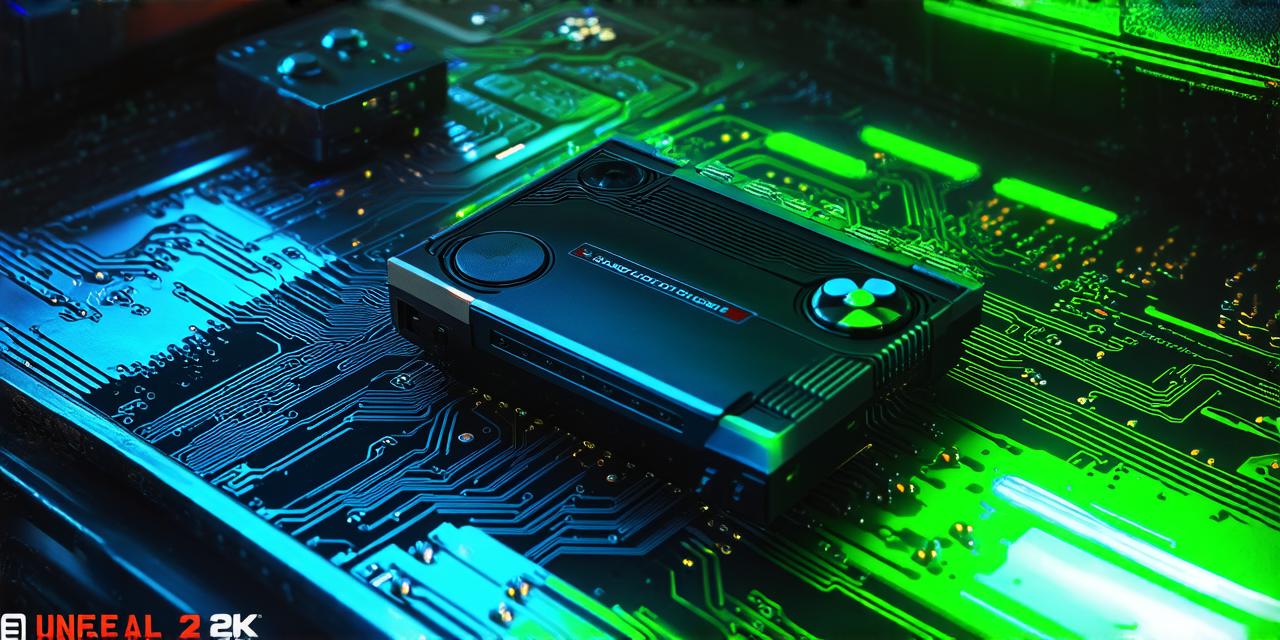Unreal Engine 2 (UE2) is a real-time 3D graphics engine developed by Epic Games, first released in 1998. It was the successor to Unreal Engine, which was released in 1995 and was widely used in the creation of several popular games, including “Doom” and “Quake.”
UE2 brought a number of improvements over its predecessor, including better performance, support for more complex graphics, and enhanced scripting capabilities. It also introduced several new features, such as a physics engine and support for multiplayer games.
One of the most significant impacts of UE2 on gaming was its use in the development of “Half-Life,” which was released in 1998 and quickly became one of the most popular and highly regarded first-person shooters. UE2’s physics engine allowed for more realistic and responsive gameplay, while its support for multiplayer games enabled players to compete against each other online for the first time.
UE2 also had a significant impact on the development of PC games in general, as it was widely adopted by game developers looking to create high-quality, visually impressive games with realistic graphics and smooth gameplay. It helped to establish Epic Games as one of the leading developers of real-time 3D graphics engines and paved the way for the development of subsequent versions of Unreal Engine.
In conclusion, Unreal Engine 2 was released in 1998 and had a significant impact on gaming, particularly through its use in the development of “Half-Life” and other PC games. Its improvements over its predecessor, including better performance and enhanced scripting capabilities, helped to establish UE2 as one of the most popular and widely used real-time 3D graphics engines in the gaming industry.
